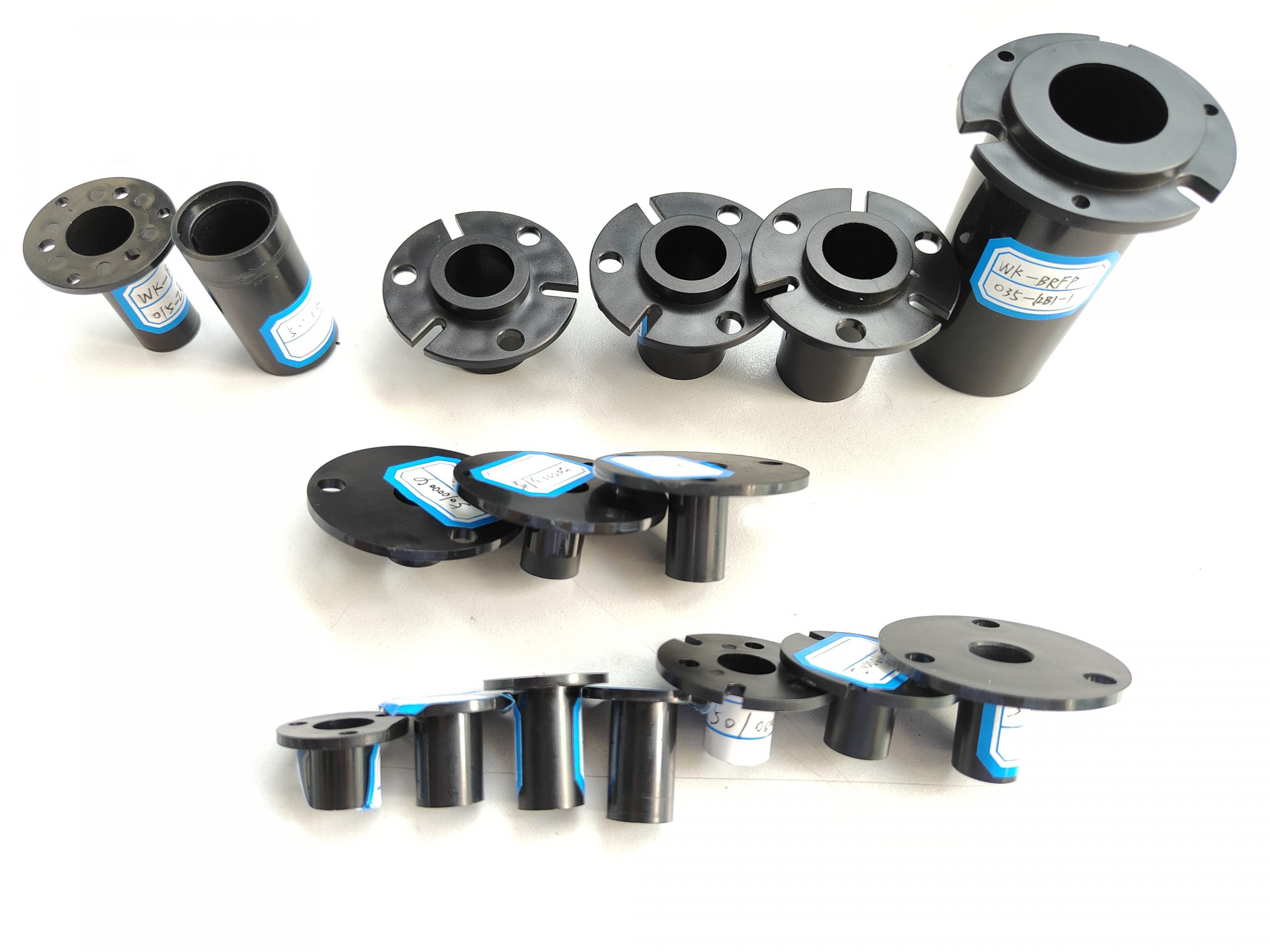Slip Ring Introduction
Slip rings are special types of rotating connection devices that can transfer electrical power and data signals from a stationary structure to a rotating structure without any limitation during continuous rotation. These devices play a crucial role in modern industry, especially in applications that require continuous rotation while simultaneously transferring electrical energy and signals.
Features of Slip Rings
- Unrestricted 360° Rotation: Slip rings enable 360° unrestricted rotation, enhancing the flexibility and reliability of equipment.
- Stable Transmission: Ensures stable transmission of signals and data, improving equipment performance and efficiency.
- Reduce Failures and Maintenance Costs: Minimizes failures and maintenance costs caused by wire entanglement or breakage.
- Extend Equipment Life: By reducing physical wear and tear, slip rings help extend the service life of equipment.
- Adapt to Harsh Working Conditions: Slip rings can adapt to various harsh working conditions and possess dust-proof, waterproof, and corrosion-resistant properties.
- Customized Design: Slip rings can be designed according to specific customer requirements to meet different needs for current, voltage, and frequency.
Advantages of Slip Rings
- Efficient Energy Transfer: Conductive slip rings use a design of conductive rings and brushes to transfer electrical energy through sliding contact, with low resistance and minimal energy loss, achieving efficient energy transfer.
- Flexible Application: Slip rings can be applied to various rotating or swinging devices, such as robotic arms, wind turbines, automatic revolving doors, etc., and can be custom-designed according to specific equipment needs.
- Intelligent Application: Slip rings can be integrated with intelligent control systems to achieve intelligent monitoring and management of energy transfer, enhancing system efficiency and reliability.
Slip Rings Specification

Specific Application Fields
- Medical Equipment: CT scanners, MRI machines, etc., rely on slip rings to ensure continuous rotation of patient beds during scanning while transferring control signals and electrical power.
- Industrial Automation: Robotic arms, wind turbines, automatic revolving doors, and other equipment depend on slip rings to transfer power and control signals.
- Military and Aviation: Radar systems, flight control systems in aircraft, etc., where slip ring technology is crucial for accurately transferring data and control commands.
- Entertainment and Display: LED displays, rotating billboards, etc., use slip rings to ensure continuous power and signal supply, supporting dynamic display effects.
- Testing and Measurement: Dynamic testing equipment, such as turntables, rotating test platforms, where slip rings are key components for signal acquisition and power supply during testing.
Customized slip rings play an irreplaceable role in the aforementioned fields, providing a stable and reliable solution for energy and signal transfer in various high-end equipment.


